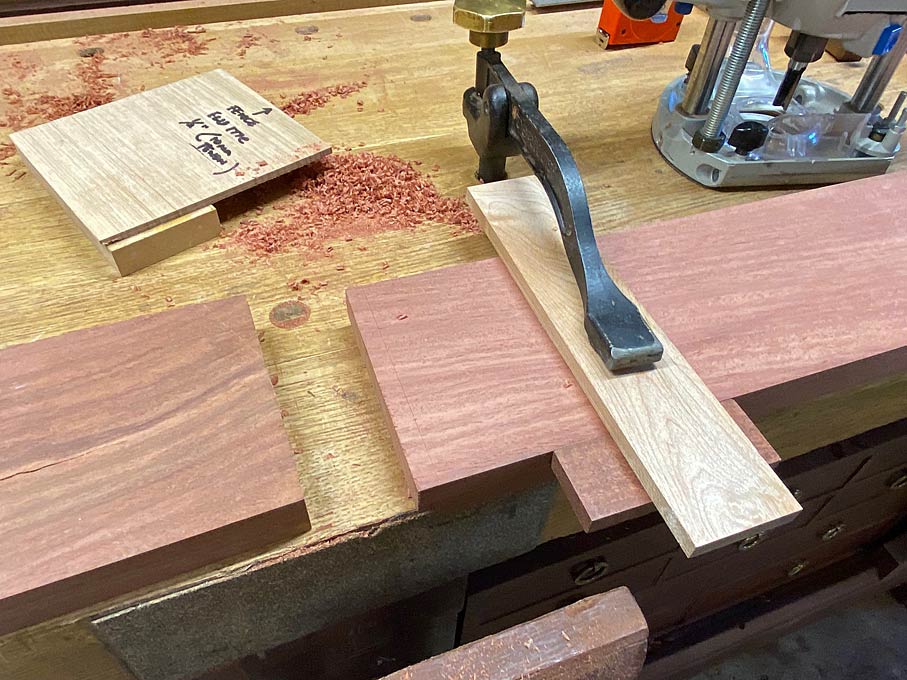Stuartgb100
Established Member
Fairly new to woodworking and so would be grateful for some advice please.
I have several large and heavy oak external doors to make. They will be fl&b and vertically boarded.
I have a morticer, so no problems there, i hope.
Would like to form the tenons with my Wadkin AGS10 using a 'safe' jig.
The sections needing tenons are likely to be up to 63 x 200mm in section, and up to 1500mm long.
Can this be done safely and, with a home-made jig, please ?
I have several large and heavy oak external doors to make. They will be fl&b and vertically boarded.
I have a morticer, so no problems there, i hope.
Would like to form the tenons with my Wadkin AGS10 using a 'safe' jig.
The sections needing tenons are likely to be up to 63 x 200mm in section, and up to 1500mm long.
Can this be done safely and, with a home-made jig, please ?




































